For just under 400 euros, the Audeze Maxwell for the PlayStation offers so many highlights that it almost makes you dizzy: extra-long battery life, ultra-stable long-range wireless connection, the latest Bluetooth technology including multipoint and LDAC as well as additional connection options via USB and mini-jack cable. The boom microphone also impressed us with high speech intelligibility and an AI that effectively suppressed background noise. The sidetone function sounded extremely natural, and despite the heat generated under the pads, the headset can be worn for hours without any discomfort.
So the Audeze Maxwell’s score makes it our best gaming headset of the month, and we’re pretty sure that’s not just for March… congratulations!
- Sound
- Boom microphone sounds very good
- AI-assisted noise reduction
- Sidetone function sounds very natural
- Ultra-stable and long-range wireless connection
- Bluetooth 5.3
- LDAC
- Multipoint
- Versatile connection options
- Battery life
- Ear pads tend to build up heat
- Software still incomplete at the release of this test
The Audeze Maxwell is a gaming headset with lots of highlights: the 90-millimetre planar-magnetic drivers sound very good, the almost latency-free wireless connection is extremely stable over long distances, and thanks to the latest Bluetooth technology, fans of mobile devices will also get their money’s worth. Audeze has also fitted a rechargeable battery that can easily last 80 hours on a single charge.
Audeze seems to have hit the jackpot. But is the new Maxwell smart or not worth putting in your shopping cart? Let us find out.
LCD-GX, Mobius and Penrose: Audeze have collected a lot of XP in probably the hottest headphone market in years and have risen to the top of the charts with gamers worldwide. With the Maxwell, Audeze launches their fourth gaming headset and, in terms of price, it is the nearest to the Audeze Penrose which offers similar special features. However, the new Maxwell has received major updates and features that are unparalleled in this price range.
Audeze Maxwell available in two versions
This gaming headset comes in a Playstation or Xbox version. As with some competitors, you have to decide which version of the Audeze Maxwell you want. Both these versions offer cable-free connection via wireless. Due to different hardware, firmware and licensing requirements, the headsets are, therefore, only cross-compatible to a limited extent. Maxwell headsets can be connected to other game consoles via cable, but then you have to do without the full feature set.
The Xbox version of the Maxwell costs around 30 euros more but also includes a Dolby Atmos licence for Windows and Microsoft’s game console. If you opt for the PlayStation model, you will come away without one of these, but if you already have a Dolby Atmos licence, you can use it with the PS version without any problems.
We tested the PlayStation model of the Audeze Maxwell. It had to hold its own in everyday use not only with the PS4, but also with a gaming PC, a tablet, during video conferences and, last but not least, as classic “music headphones”. The Audeze Maxwell mastered all of these tasks like no other.
Package
Securely housed in a foam bed, the Audeze Maxwell is to go. For this to be a success, it needs the appropriate cables in addition to the wireless dongle (USB-C). A USB-C cable (150cm) for a purely digital connection is available, as well as an analogue mini-jack cable (120cm) and an adapter cable (33cm) from USB-C to -A. A gooseneck microphone (16cm), as well as the usual documents, including stickers, complete the package. An adequate transport solution, such as a hard case or fabric pouch, is not provided. And according to the manufacturer, there are no plans for cases either, but the Maxwell headset does fit into the separately available Audeze LCD travel cases.
Comfort of the Audeze Maxwell
The mighty 90-millimetre drivers take up a lot of space, so the Audeze Maxwell is voluminous and relatively heavy at just under half a kilo. This mass has to be distributed on your head without causing discomfort, but it does this very well. The contact pressure is good as the headphones are neither too tight nor too loose, but even Audeze can’t outsmart physics: if you move your head too violently or jerkily, the inertia of the headphone pods becomes noticeable. The Maxwell stays on the head, but the ear cups can slip off your ear.
The headband hangs from two screws on each side of the spring steel bracket. To change the size, simply pull the band off and move it accordingly. This requires a little effort, but afterwards, the size does not change. For people with “big brains”, as the manufacturer themselves put it, there is still the option of removing the headband completely. The headband has thin padding, and the cable underneath is visible.
The ear pads are about 3cm thick on the outside and with inner dimensions of about 6.5cm x 4.5cm with a depth of about 2cm. Audeze specifies the latter as 5cm but, at the same time, points out that there may be slight deviations in tolerance.
The passive noise cancellation performs to a very high level and effectively dampens external noise to such an extent that it can even give the impression that the Maxwell is using an active noise cancelling system! A conversation with someone who was only a few metres away could only be heard when the headphones were removed (on one side).
The Audeze Maxwell is prone to heat build-up due to the thick cushioning. But this hardly mattered as our test was in spring temperatures. Fortunately, the ear pads can be removed with a twist, and perhaps there will soon be special pads with a cooling effect – who knows?
If you take a short break, the headphones hang loosely around your neck without cutting, plus you can fold down the pods – not just for transport.
How to use the Audeze Maxwell
The Audeze Maxwell’s limited number of controls are located on the left ear cup. A grooved switch at the top mutes the microphone, while the power button underneath not only switches the headset on and off but can also be used to control playback (play/pause), calls (answer, hang up) and Bluetooth pairing. At the bottom edge of the pod, there are gently graduated rotary knobs to control the overall volume and the game-chat mix. Both knobs take on additional tasks through various push and scroll gestures: track forward/back, select EQ pre-sets, set sidetone or activate and deactivate. Once you have learned the different gestures, operation was easy. The Audeze Maxwell responded quickly and precisely to all commands. A multicoloured status LED on the left earcup provided information about the current connection status.
AudezeHQ – the control centre
With “AudezeHQ” for Windows, Mac, Android and soon iOS, cross-platform support in the form of a software application is provided. The versions for Mac and PC were still incomplete at the time of testing. The four custom EQs could only be viewed, edited and saved with the Android app. The numerous firmware and software updates that Audeze is currently releasing on an almost daily basis prove that this will soon be possible on the computer as well.
The software itself offers gamers three tabs: “Maxwell Mix Amp” takes care of the sidetone, this can be switched on and off, and its sensitivity can be adjusted. You can also choose between ten equaliser settings, six of which have been defined by Audeze. From “Bass Boost” to “Footsteps”, there’s hardly anything left to be desired – if none of these appeal to you, simply select a custom EQ pre-set and change the sound by using the ten bands. As already mentioned, this currently only works with an Android mobile phone. Tab number 2 serves purely as an info panel and primarily explains how the controls on the left ear cup work. The third section, “Settings”, not only indicates which version of the firmware is installed but also provides you with two controls that determine the auto shutdown time (from 5 min to never) and the volume of the female voice feedback. “Factory Reset” allows you to reset the Maxwell to factory settings, and if “Volume Limiter” is activated, the output level is limited accordingly. The software does not yet offer more functions. It doesn’t need to because, apart from the missing EQ options, I didn’t miss anything here.
In our test, AudezeHQ ran stably and without crashes. The look of this software is a matter of taste, and we would have liked an auto-update function. For the time being, visit the Audeze website, check the version, and, if necessary, download and install it.
The Audeze Maxwell in practice
As we mentioned at the beginning, the Audeze Maxwell needed to show what it was made of, and not just when playing games. More on that later, because as a gaming headset optimised for the Sony Playstation, that was where the Maxwell was mainly used.
The wireless dongle was connected to the PS4 via a USB adapter cable, the Maxwell was switched on, and the connection was immediately established. The wireless connection performed so well in our test that there were neither disconnections nor data losses across the entire house as well as the adjacent large garden. These are great results!
In Game Play, the Audeze Maxwell showed off its sonic strengths: thanks to its large planar-magnetic drivers, the headset effortlessly managed to reproduce deep, energetic bass extremely cleanly and without radiating into the mid-range. In “Horizon Forbidden West”, the Maxwell reproduced the low rumble of large machines and explosions in such detail that our tester often experienced a “eureka” moment. Due to the clean reproduction, we heard details that we had never perceived before. While Aloy fights her way through the jungle, lots of micro-noises suddenly caught our attention. Here, a bird flutters over our head at some distance; there, crickets chirp softly in the grass. Even the cocking of the sharpshooting bow was experienced more intensely with the Audeze Maxwell because it was more true to the details. It was even possible to determine the positions of opponents well to very well – despite pure stereo. While I usually have problems pinpointing opponents in three-dimensional space with closed headphones, the Audeze Maxwell gaming headset handled this challenge extremely well.
The Audeze Maxwell can demonstrate its capabilities on the Sony Playstation 5 thanks to 3D sound. First, 3D audio has to be enabled in the PS5’s system settings. A quick sound test then reveals the differences between stereo and surround sound: The precision of the sound events in the sound field increases noticeably, and the Audeze Maxwell handles what Sony’s Tempest 3D AudioTech engine reproduces very well.
We start with Aloy in the Forbidden West again and in direct comparison to the PS4 or PS5 in stereo mode, the sound is indeed more spatial and defined. It should be clear that true surround also requires several speakers, and the Audeze Maxwell with its two planar-magnetic drivers can’t do magic there either. But the gaming headset’s accuracy in reproducing the psychoacoustic effects pays off in gaming: When Aloy hides in the grass and rebels approach from behind on the right, we were able to perceive and estimate direction as well as distance without any problems. All of the above-mentioned micro-noises also come across even more spatially thanks to the Tempest 3D AudioTech engine.
On my children’s gaming PCs, the Audeze Maxwell was just as quick to start as on the PlayStation. Here, the headphones showed their best side when playing “Fortnite”, “Red Dead Redemption 2” and even “Minecraft”: it was voluminous in the bass, precise in the mids and open in the highs. In order to better perceive the footsteps of opponents, the EQ pre-set “Footsteps” was used again and again in Fortnite, and it raised the frequency range accordingly. Thanks to Dolby Atmos for Windows, the spatiality then increased considerably in comparison to the PS4.
The Audeze Maxwell is equipped with the latest Bluetooth version 5.3, and thanks to Multipoint, the headset can easily be connected to two devices. We were able to stream lossless FLAC files via a Google Pixel 6a and LDAC codec and use the iPhone for phone calls at the same time. If the call was accepted, the Maxwell disconnected from the Google smartphone and continued to play after the call was ended. This also worked when the headphones were connected to an iPad via a mini-jack cable: listening to music and game sounds at the same time was no problem for the Maxwell, although LDAC must be switched off for this, as it interferes with playback.
Another area of use for the Audeze Maxwell was daily home office routines, such as video conferencing, listening to podcasts and watching videos. The Audeze Maxwell mastered all these with flying colours, thanks to the boom microphone, the voices were always perfectly intelligible – with the help of the built-in “FILTER” technology for noise reduction. This special AI processor suppressed background noise to such an extent that even the clatter of a keyboard or a vacuum cleaner became inaudible to the party on the other end of the call.
You don’t have to use the Maxwell with this microphone. If you unplug it, internal microphones automatically take over, but despite the beamforming array, they do not have the same sound quality as the plug-in boom microphone.
Finally, a few words about listening to music with the Audeze Maxwell. While these headphones (without using EQ) dutifully worked through our reference tracks, a slightly recessed mid-range and the strong highs were noticeable. Especially for music with a pronounced high-frequency range, this headset got very close to the borderline of sharpness, while vocals seemed withdrawn. But there is an answer to this problem: with slight equaliser corrections, this can be adjusted to suit your own preferences. The Audeze Maxwell has been optimised for gaming – you have to keep that in mind.
Technical specifications
- Ear couplingOver-ear
- Typeclosed
- Transducer principleplanar-magnetic
- Frequency response (headphones)10 - 50.000 Hz
- Sound pressure level (SPL)>120 dB
- Weight without cable490 g
- Cable length150 cm
What's in the box
- Detachable microphone
- USB-C wireless dongle
- USB-C cable
- USB-C to USB-A adapter cable
- 3.5 mm TRRS analog cable
- Sticker
Special features
- available as Playstation and Xbox version
- BT codecs: SBC, AAC, LDAC
- BT version: 5.3
- Audio resolution up to 24-bit/96 kHz
- Compatible with PlayStation, Windows/Mac, Nintendo Switch, iOS and Android







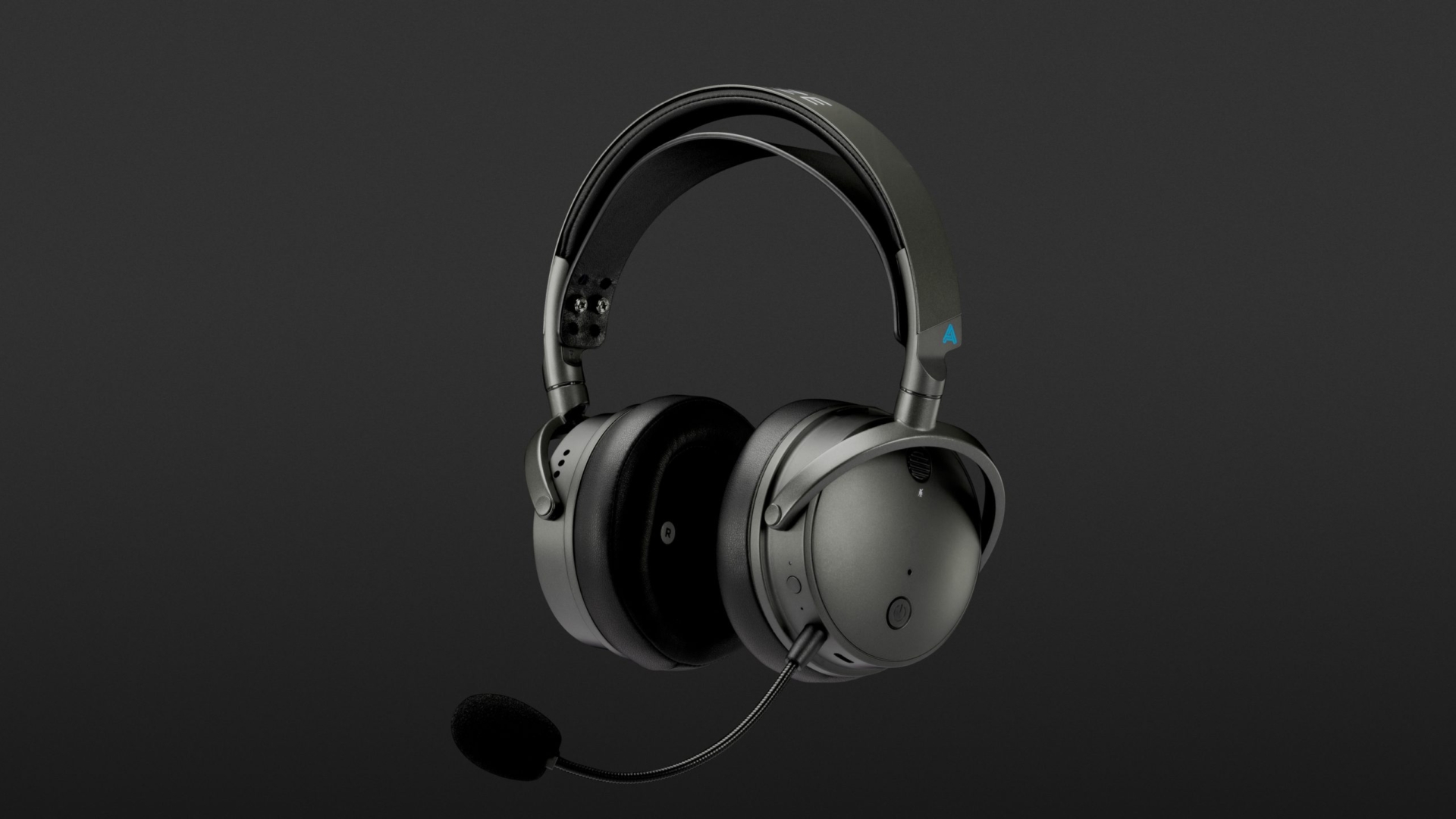


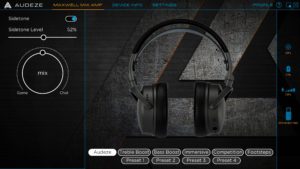

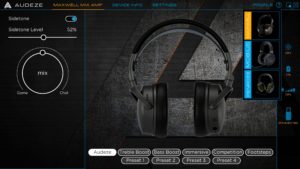
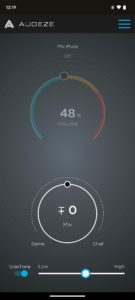
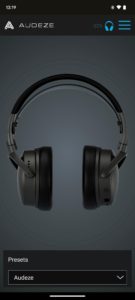
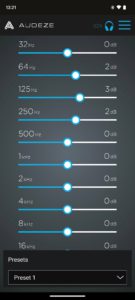
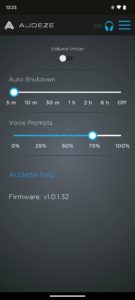



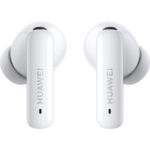

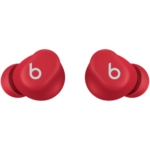

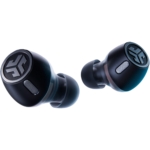

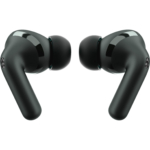







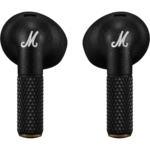

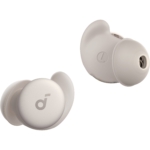

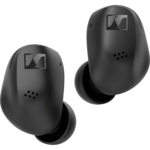

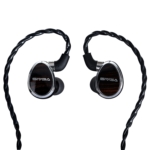




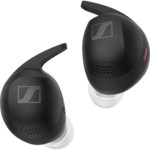








An excellent gaming headset!